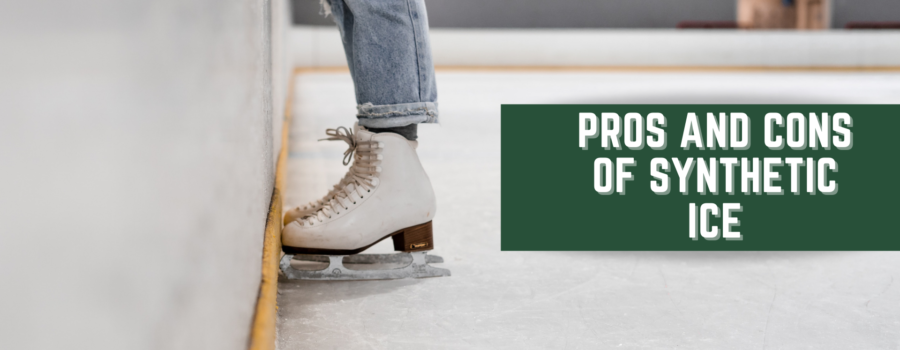If you live in the Northern region of the U.S., you likely have access to an ice rink for a decent chunk of the year. During the warmer months, however, it’s not always possible to access ice rinks due to limited availability and increased costs. Synthetic ice has gained popularity in the last decade as an alternative to traditional ice rinks. Here are a few benefits and drawbacks of synthetic ice and what to consider before you invest in a rink of your own.
Pros of Synthetic Ice
- Customizable: Any shape, color, or and size of ice rink is possible when you work with a company that specializes in synthetic ice.
- Sturdy: Most synthetic rinks are covered by warranties and are very durable.
- You can have fun year-round: Synthetic ice isn’t dependent on the seasons, especially if you opt for one indoors
- Save Money: Usually synthetic rinks don’t need to use power generators, water, or electricity. Very cost-effective and environmentally friendly!
Cons of Synthetic Ice
- Harder to skate: Sometimes when using synthetic ice it’s harder to glide due to increased friction on the ice. This can be frustrating for experienced skaters.
- Skates get worn out faster: Increased friction also makes it so that a skater has to push down harder on their skates, which means they’ll need to be sharpened more often.
- Increased lubrication costs: Synthetic ice leads to more ice shavings and scraping of the ice. To remedy this, the ice needs to be able to self-lubricate, which can be costly.
Conclusion
If you have the space and the budget for the initial investment, a synthetic rink could be worth it for you. You may not want to use synthetic ice if some of the increased costs and difficulty in skating don’t seem worthwhile. Since the world is moving towards renewable energy sources, more and more people are becoming aware of the benefits of environmentally friendly alternatives for things like ice rinks. If you’re interested in learning more about synthetic ice rinks, give us a call or leave a comment below.






Most Commented Posts